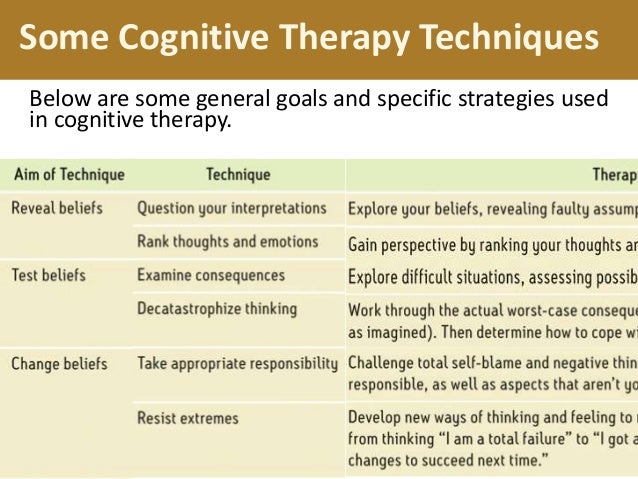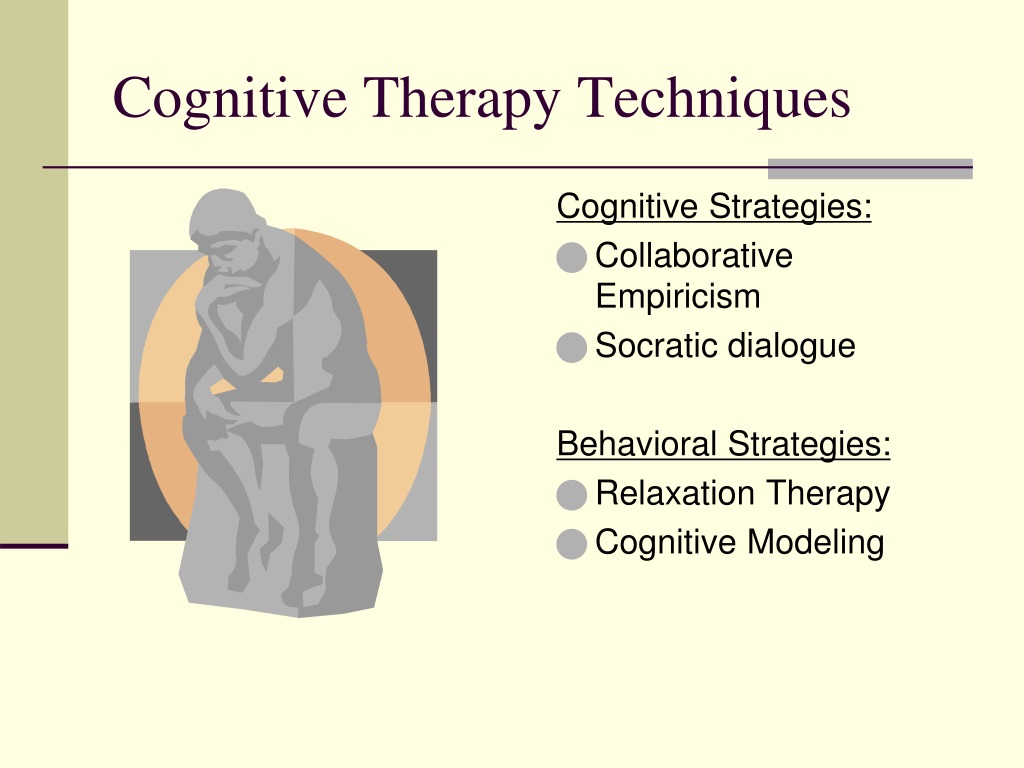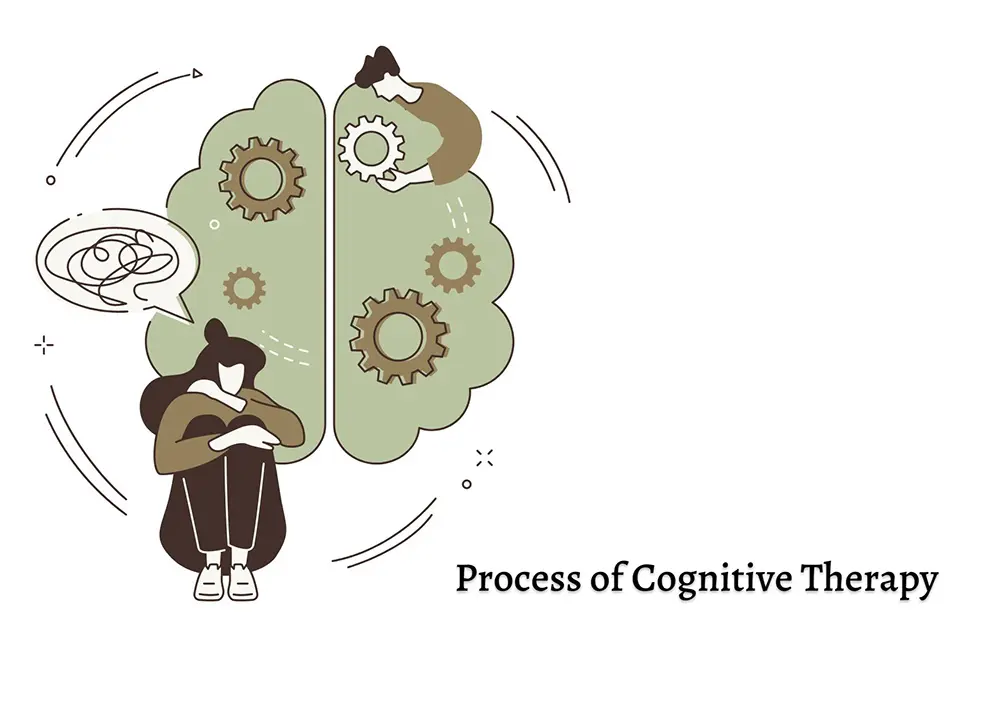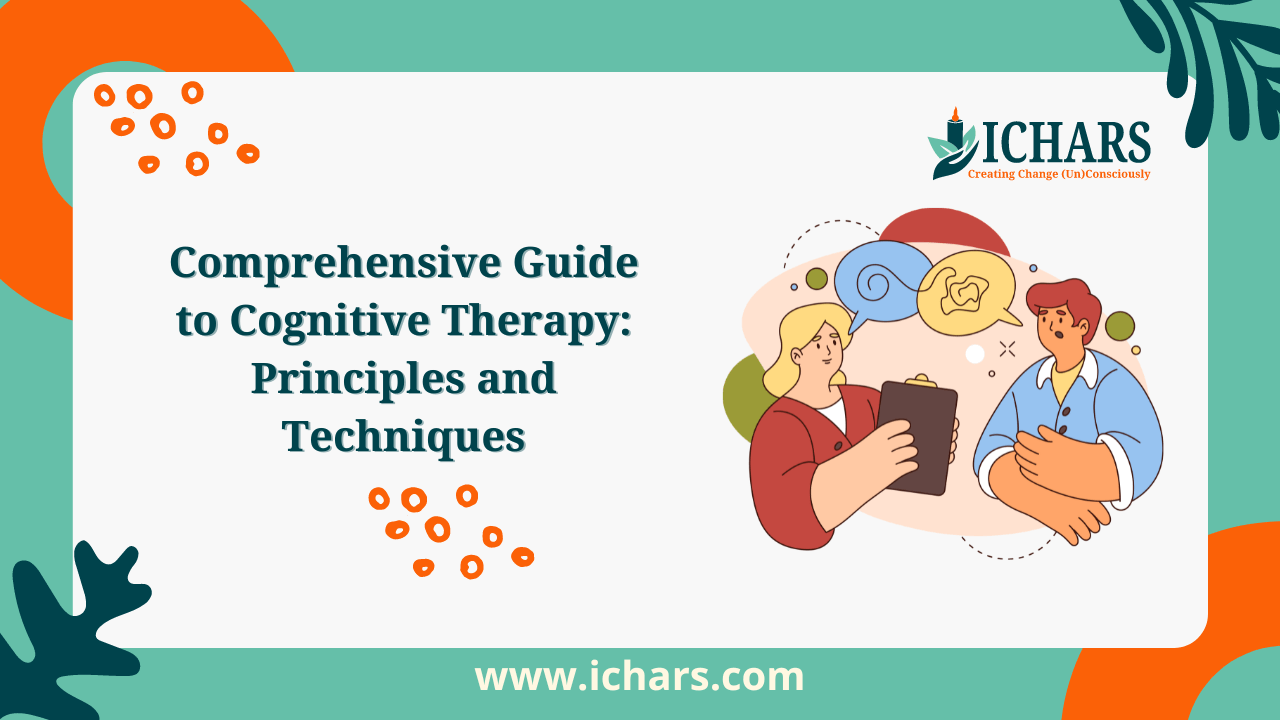In Cognitive Therapy Techniques Are Designed To

In the demanding landscape of mental healthcare, where individuals grapple with persistent anxieties, crippling depression, and deeply ingrained maladaptive behaviors, a beacon of hope shines through: Cognitive Behavioral Therapy (CBT). But what exactly are the core techniques employed within this powerful therapeutic approach, and how are they strategically designed to reshape thought patterns and foster lasting change?
At its heart, CBT is a structured, goal-oriented form of psychotherapy that centers on the interconnectedness of thoughts, feelings, and behaviors. The central tenet is that psychological distress often stems from negative or distorted thought patterns that influence emotions and actions. CBT techniques are meticulously crafted to identify, challenge, and modify these dysfunctional thought processes, ultimately empowering individuals to develop healthier coping mechanisms and improve their overall well-being.
Identifying and Challenging Negative Thoughts
One of the fundamental CBT techniques revolves around helping individuals become aware of their automatic negative thoughts (ANTs). These are often intrusive, negative thoughts that pop into our heads without conscious effort. Recognizing these ANTs is the first crucial step.
The thought record is a common tool used to capture these thoughts, along with the associated situation, emotions, and behavioral responses. By documenting these experiences, individuals can begin to see patterns in their thinking and identify common themes or distortions.
Once negative thoughts are identified, the next step is to challenge their validity. This involves examining the evidence for and against the thought, considering alternative perspectives, and evaluating the logical reasoning behind it.
Socratic questioning is a powerful technique used to guide this process. The therapist asks a series of questions to help the individual explore their thoughts in more depth and uncover underlying assumptions.
Cognitive Restructuring
This technique aims to replace maladaptive thoughts with more realistic and balanced ones. It involves reframing negative thoughts in a more positive and constructive light.
For example, instead of thinking "I always fail," an individual might learn to reframe the thought as "I have faced setbacks in the past, but I can learn from them and improve in the future." This shift in perspective can significantly impact mood and behavior.
Behavioral Activation and Experimentation
CBT recognizes the crucial link between thoughts, feelings, and behaviors. Behavioral activation is a technique used to combat inactivity and withdrawal, particularly in individuals experiencing depression.
It involves encouraging individuals to engage in activities that they previously enjoyed or that provide a sense of accomplishment, even if they don't feel like it. These activities can help to improve mood and increase motivation.
Behavioral experiments are used to test the validity of negative thoughts and beliefs in real-world situations. For example, someone with social anxiety might gradually expose themselves to social situations to challenge their belief that they will be rejected or judged.
Exposure Therapy
Exposure therapy is a cornerstone of CBT for anxiety disorders, particularly phobias and obsessive-compulsive disorder (OCD). It involves gradually exposing individuals to feared stimuli or situations in a safe and controlled environment.
This exposure helps to habituate individuals to the feared stimuli, reducing anxiety and distress over time. It can be done in vivo (in real life) or imaginally (through visualization).
For example, someone with a fear of spiders might start by looking at pictures of spiders, then gradually progress to being in the same room as a spider in a cage, and eventually, being able to handle a spider.
Skills Training
CBT also incorporates skills training to equip individuals with practical tools for managing their thoughts, feelings, and behaviors. These skills can include relaxation techniques, assertiveness training, and problem-solving strategies.
Relaxation techniques, such as deep breathing and progressive muscle relaxation, can help to reduce anxiety and stress. Assertiveness training teaches individuals how to communicate their needs and boundaries effectively.
Problem-solving strategies provide a structured approach to identifying and addressing problems in a constructive manner. These skills empower individuals to cope with challenges and improve their overall well-being.
Acceptance and Commitment Therapy (ACT)
While traditional CBT focuses on changing negative thoughts, Acceptance and Commitment Therapy (ACT) takes a slightly different approach. ACT emphasizes accepting difficult thoughts and feelings rather than trying to control or eliminate them.
It encourages individuals to focus on their values and commit to taking action that aligns with those values, even in the face of uncomfortable emotions. This helps individuals live a more meaningful and fulfilling life.
ACT uses techniques such as mindfulness and values clarification to help individuals connect with the present moment and identify what is truly important to them.
Looking Ahead
CBT continues to evolve, incorporating new research and techniques to enhance its effectiveness. The integration of technology, such as online CBT programs and mobile apps, is expanding access to treatment and providing individuals with convenient tools for self-management.
As our understanding of the brain and behavior deepens, CBT will undoubtedly continue to adapt and refine its techniques to meet the diverse needs of individuals seeking mental health support. The future of CBT lies in personalization, tailoring treatment approaches to the unique characteristics and experiences of each individual.
By understanding the core techniques used in Cognitive Behavioral Therapy, individuals can gain valuable insights into the process of reshaping their thoughts, feelings, and behaviors, ultimately paving the way for lasting positive change and improved mental well-being. CBT offers a powerful and evidence-based pathway towards a more fulfilling and resilient life.













![In Cognitive Therapy Techniques Are Designed To READ [PDF] Cognitive Therapy Techniques: A Practitioner's Guide](https://d20ohkaloyme4g.cloudfront.net/img/document_thumbnails/27e0a01ca440da0c7ffd97decdf5c968/thumb_1200_1698.png)




